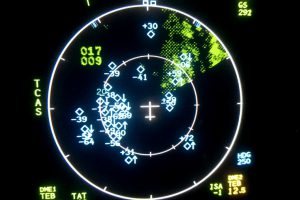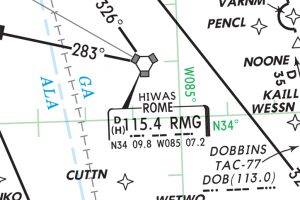Our Controlled Flight into Terrain Avoidance (CFIT, TAWS, and ALAR) course underlines the dangers of CFIT and the methods to prevent it. It explores the leading causes of CFIT and ALAR, fostering situational awareness for pilots to anticipate and avoid such incidents. The course extensively covers preventative strategies such as SOPs and CRM and emphasizes the importance of checklists and briefings.
Through this course, pilots are equipped with practical communication skills with ATC and a comprehensive understanding of the minimum safe altitude in various flying environments. It also addresses illusions and other hazards that could lead to accidents. Also discussed are the stabilized approaches, proactive go-arounds, and rejected landings – critical skills necessary for safe flight operations. It also ensures that pilots thoroughly understand different types of TAWS, their training requirements, and how to respond to TAWS alerts.
Our CFIT, TAWS, and ALAR course, suitable for Part 135, Part 125, and Part 91 pilot training, lays a solid foundation for pilots and crew members to circumvent controlled flight into terrain, approach, and landing accidents, and optimally utilize the TAWS unit in their aircraft.






